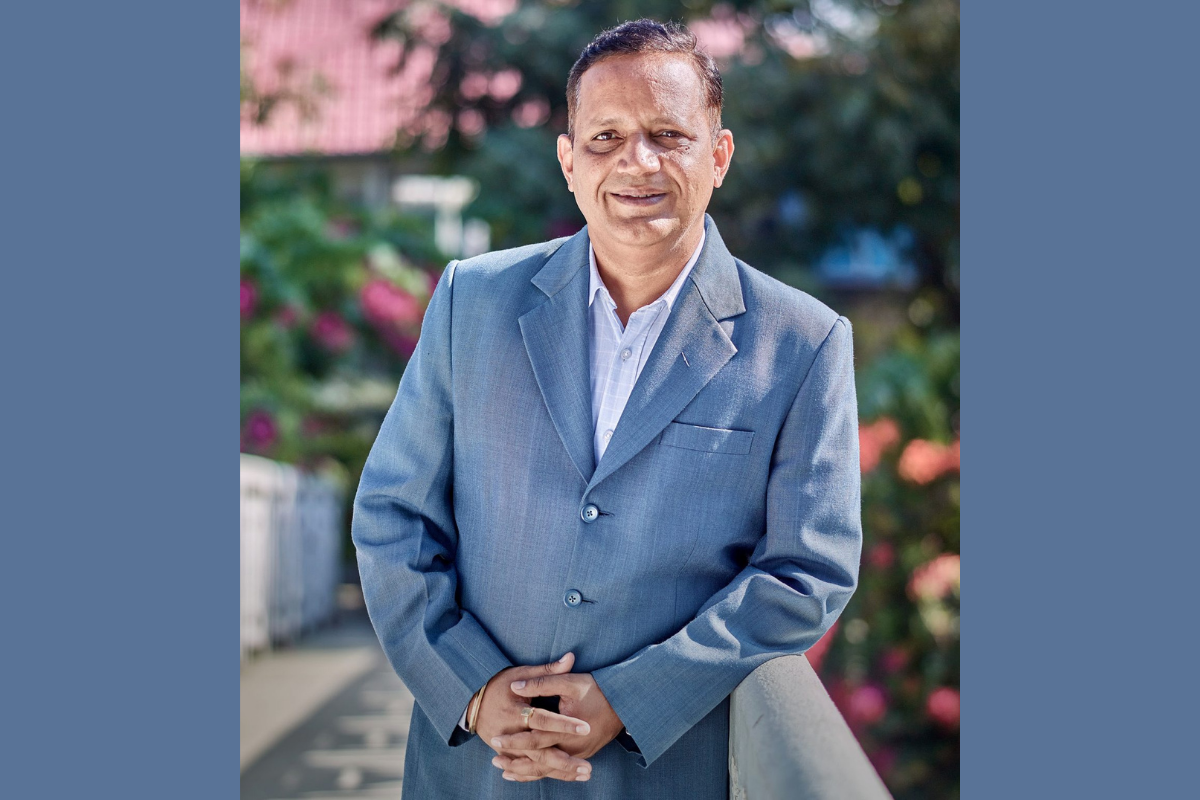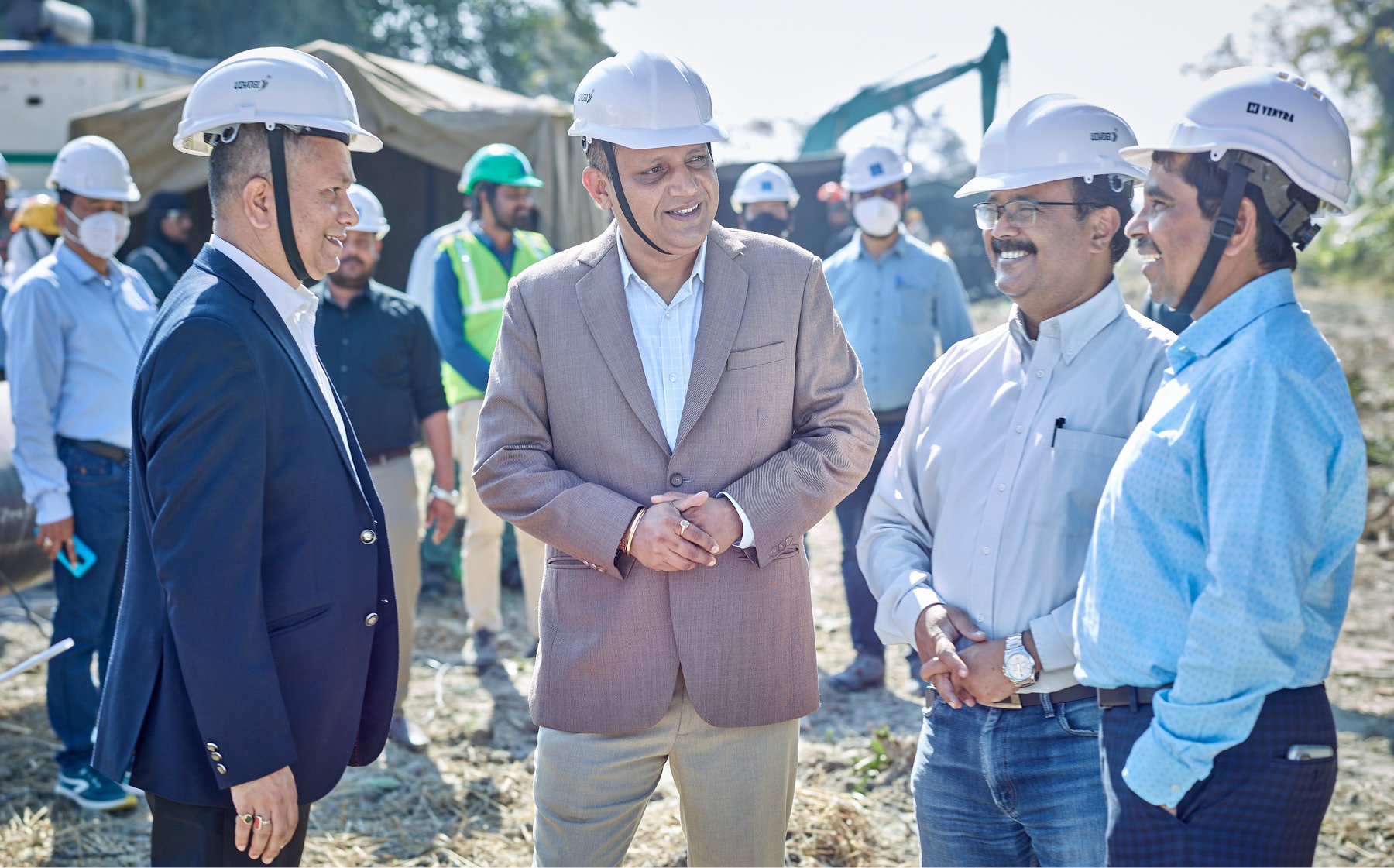In The Pipeline: Ajit Kumar Thakur
A joint venture comprising some of India’s biggest companies has been tasked with completing the North East Gas Grid, and Indradhanush Gas Grid’s new CEO Ajit Kumar Thakur talks about the challenges ahead.
The north-east region of India will soon be the beneficiary of an unprecedented gas infrastructure network – a key objective of the Indian Government’s 2016 ‘Hydrocarbon Vision 2030’.

A 1,656-kilometre pipeline connecting all eight states of the Indian north-east, known as the North East Gas Grid (NEGG), will ensure reliable and uninterrupted natural gas supply to all consumers, from industrial and commercial to domestic and transport.
In order to achieve this monumental assignment, five of the most powerful companies in India – Indian Oil Corporation Limited (IOCL), Oil India Limited, Oil and Natural Gas Corporation, GAIL and Numaligarh Refinery Limited – were brought together as a joint venture under Indradhanush Gas Grid Limited (IGGL).
Heading this group, and making sure all of these influential players can work harmoniously, efficiently and effectively, is long-time IOCL executive Ajit Kumar Thakur.
For close to 30 years, Ajit has built up his expertise within the industry through IOCL, and for his management credentials, look no further than his recent role as head of the marine stations of Indian Oil, where he was ultimately responsible for 14 per cent of all crude oil requirements of the nation.
Ajit, who was only appointed CEO of IGGL in September last year, understands the importance of creating an individual identity for this newly formed organisation.
"When we have people on deputation coming from different companies, it is definitely a challenge to take all of them along and develop our own culture so that we are able to achieve the end objectives of our project," Ajit tells The CEO Magazine.
"That definitely is a challenge and we are doing everything possible to make sure that whatever people may have learned in their original companies, they unlearn some of it here.
"Conversely, it’s also important for the long-term survival of the IGGL to take on the positive learnings of the different companies. Above all, you have to be very firm and very determined on what objective you want to achieve."
Of course, with the project being state-of-the-art, and enjoying substantial backing from the Government of India, there is certainly no lack of motivation for the key stakeholders to buy into the vision. "The NEGG will be one of the best networks laid ever, and in the fastest way," Ajit says proudly.

When we have people on deputation coming from different companies, it is definitely a challenge to take all of them along and develop our own culture.
"It is an elaborate network and it will be a great amplifier for the development of the north-eastern part of India, especially in terms of gas-based economy. All gas suppliers and consumers will be dependent upon this NEGG network in the times to come."
Beyond the currently agreed upon grid, IGGL is also working with various gas suppliers about potential future extensions to the network, known as "the horizontal expansion of the north-east grid".
Ajit also reveals his organisation is in high-level talks over the placement of hydrogen plants for the production of valuable green hydrogen. The combination of green hydrogen and natural gas can add substantial value, he explains.
"We have already announced a hydrogen mission, and under the hydrogen mission, we plan to expand our activities and ensure we make a good impact, which is the fuel of the future now," he says. "That would also add substantial value to our grid. This is presently in the discussion phase, but soon it is going to fructify."
Before the grid can be completed, there are still matters to attend to, Ajit admits. "The most difficult challenge at present is to win the hearts of the people. After all, it’s through their fields where we are going to lay the pipelines," he tells The CEO Magazine. "Other than the land and crop compensation which we provide, we also have to make them our stakeholders. We have to win their trust so they don’t hinder us too much," he explains.
"In that direction, we are taking a number of initiatives. We are focusing on the small problems they may have in their villages. Whether that’s providing infrastructure for their schools, or bank protection from flooding events, we are in intense discussions with the district administration and local villagers."
The most difficult challenge at present is to win the hearts of the people. After all, it’s through their fields where we are going to lay the pipelines.
The other obstacle is the weather in the north-east of India. "With any cross-country pipeline network there are consistent challenges like getting permissions from the respective authorities for various crossings, and environmental clearances for example," Ajit says. "But a specific issue we face, because we’re in the north-east, is the six months of huge rainfall every year. You cannot get a cross-country pipeline laid during those times. What we have to do is ramp up and finish within the fair weather window only."
Ajit might only be months into this new role, but it’s clear this talented executive thrives under tight deadlines, and this NEGG project is in very good hands.
Proudly supported by: